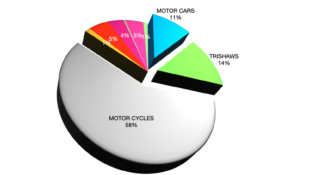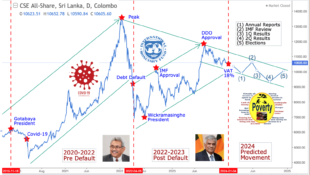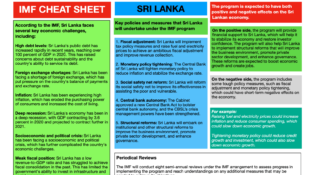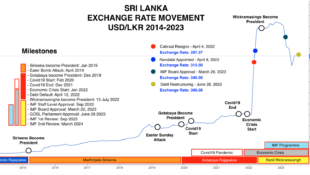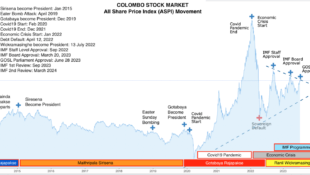
There’s nothing like a bear market to bring out the doom and gloom.
Much of the debate this year has been focused on whether the economy is headed for recession and if so will it be mild or severe. Now, though, there’s a darker discussion taking place: The potential for a financial crisis.
The chorus of nervous voices has been broadening, especially in the wake of turmoil in the United Kingdom’s government bond market that has forced emergency actions from the Bank of England.
Worries that the unprecedented pace of federal-funds rate increases by the Federal Reserve could have unintended consequences in global financial markets are now front and center. The concerns include a “liquidity event” in the credit markets in which a major player in the financial markets is unable to refinance debt, or a macroeconomic level crisis triggered by the surge in the value of the dollar that pummels other currencies and leads to defaults on dollar-denominated debt, which occurred in 1990s in the emerging markets.
Former U.S. Treasury Secretary Lawrence Summers is the latest to add his voice to these concerns, warning in a recent interview that he sees “tremors” in the markets. “We are living through a period of elevated risk, and earthquakes don’t come all of a sudden. There are tremors first,” he says. He cautioned that he wasn’t predicting a financial crisis, but “in the same way people became anxious in August of 2007, I think this is a moment when there should be increased anxiety.”
Now the question for investors is whether the Fed will be able to pursue its goal of achieving price stability by raising rates or will it be forced to abandon the inflation fight to ensure financial stability.
“Financial crisis is a new focus,” says John Canavan, lead analyst at Oxford Economics. “It does appear that growing financial stability risks raises the possibility that the Fed may need to react to financial stability concerns before its goals are reached on inflation.”
None of this is cause for investors to panic. The Fed has tools in its arsenal and at its disposal that can be implemented quickly to stabilize markets if need be. Since the Great Financial Crisis it has added two new facilities: The Standing Repo Facility (SRF) and the Foreign and International Monetary Authorities (FIMA) Repo Facility, which would allow market makers to temporarily exchange U.S. Treasury securities for U.S. dollars, though both remain untested. The new facilities were created to address a wide demand and supply imbalance that occurred in September 2019 that led to an outsize spike in rates and deteriorating liquidity conditions in March 2020 as a result of the pandemic.
What Are the Warning Signs?
Signs of growing stresses in the global financial markets have been percolating quietly all year, but erupted into sharp relief in the past few weeks as the BOE has been forced repeatedly to intervene in the market for U.K. government bonds—known as gilts—to keep it functioning.
While no one is predicting the U.S. will find itself in similar circumstances, market strategists say diminished liquidity in the U.S. government bond market bears monitoring, especially at a time when debt loads are at extreme highs and the Fed might be limited in its ability to respond given the level of inflation. Illiquid conditions occur when there are no buyers for assets and demand disappears. That forces prices lower and creates more volatility and dislocations in markets.
“Treasury market volatility has been increasing as liquidity conditions remain impaired amid a highly uncertain macroeconomic and rate outlook,” Canavan wrote in a recent report. “The driving forces behind these trends show no signs of abating.”
https://www.morningstar.com/articles/1117358/why-are-fears-of-a-new-financial-crisis-growing
 would enable you to enjoy an array of other services such as Member Rankings, User Groups, Own Posts & Profile, Exclusive Research, Live Chat Box etc..
would enable you to enjoy an array of other services such as Member Rankings, User Groups, Own Posts & Profile, Exclusive Research, Live Chat Box etc.. 
 Home
Home










